
Compiling in real-time, the race towards AGI.
The Largest Show on X for AI.
🗞️ Get my daily AI analysis newsletter to your email 👉 https://t.co/6LBxO8215l
7 subscribers
How to get URL link on X (Twitter) App


 Overview of the evolution of code large language models (Code-LLMs) and related ecosystems from 2021 to 2025.
Overview of the evolution of code large language models (Code-LLMs) and related ecosystems from 2021 to 2025. 



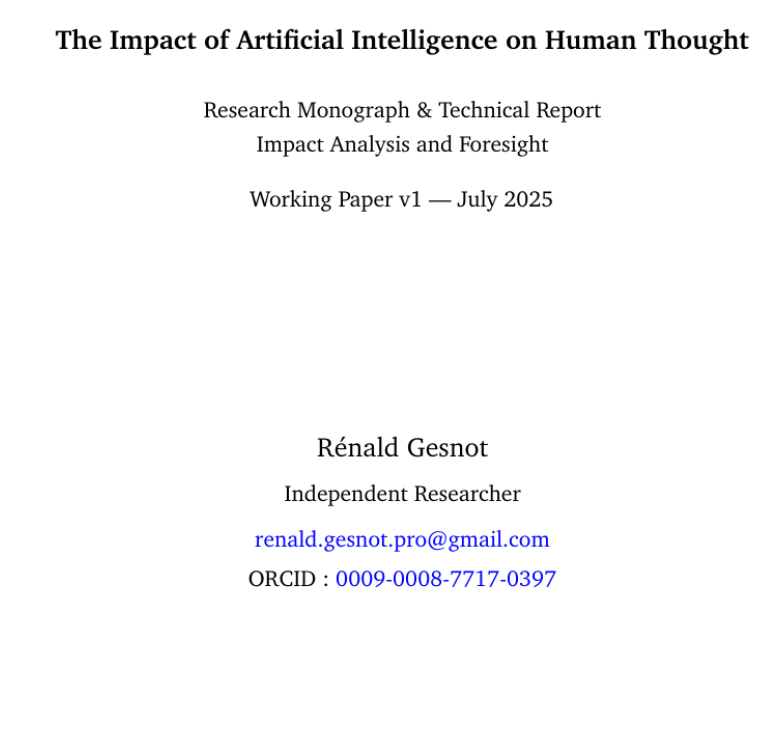
 🧵2/n. ⚙️ The Core Concepts
🧵2/n. ⚙️ The Core Concepts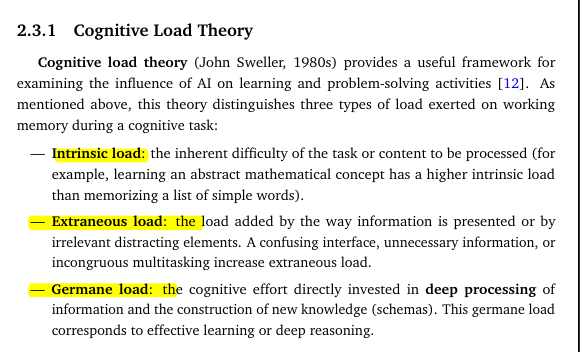

 🧵2/n. ⚙️ The Core Concepts
🧵2/n. ⚙️ The Core Concepts

 🧵2/n. The 3 steps used to train Trading-R1.
🧵2/n. The 3 steps used to train Trading-R1.

 🧵2/n. ⚙️ The Core Concepts
🧵2/n. ⚙️ The Core Concepts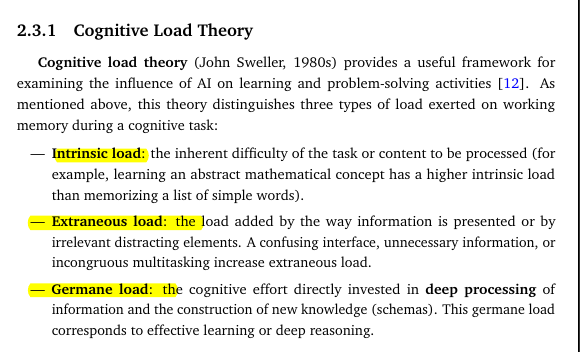

 Average accuracy and range across 10 runs for five different tones
Average accuracy and range across 10 runs for five different tones 
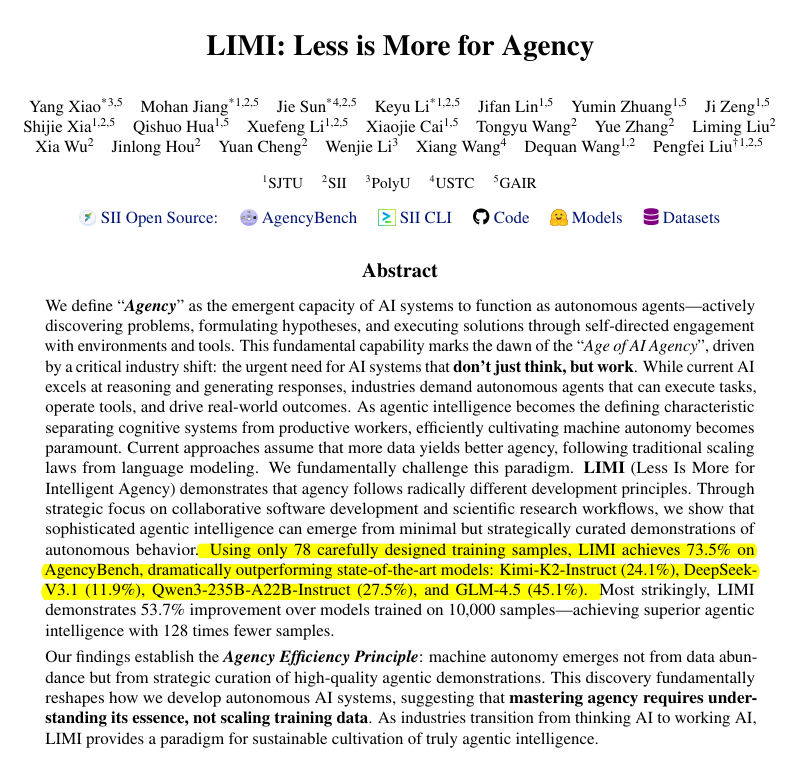
 🧵2/n. In summary how LIMI (Less Is More for Intelligent Agency) can score so high with just 78 examples.
🧵2/n. In summary how LIMI (Less Is More for Intelligent Agency) can score so high with just 78 examples.

 🧵2/n. ⚙️ The Core Idea
🧵2/n. ⚙️ The Core Idea

 🧵2/n. The below figure tells us that high scores on medical benchmarks can mislead, because stress tests reveal that current models often rely on shallow tricks and cannot be trusted for reliable medical reasoning.
🧵2/n. The below figure tells us that high scores on medical benchmarks can mislead, because stress tests reveal that current models often rely on shallow tricks and cannot be trusted for reliable medical reasoning.

 🧵2/n. ⚙️ The Core Concepts
🧵2/n. ⚙️ The Core Concepts

 🧵2/n. 🧠 The idea
🧵2/n. 🧠 The idea

 🧵2/n. The below figure tells us that high scores on medical benchmarks can mislead, because stress tests reveal that current models often rely on shallow tricks and cannot be trusted for reliable medical reasoning.
🧵2/n. The below figure tells us that high scores on medical benchmarks can mislead, because stress tests reveal that current models often rely on shallow tricks and cannot be trusted for reliable medical reasoning.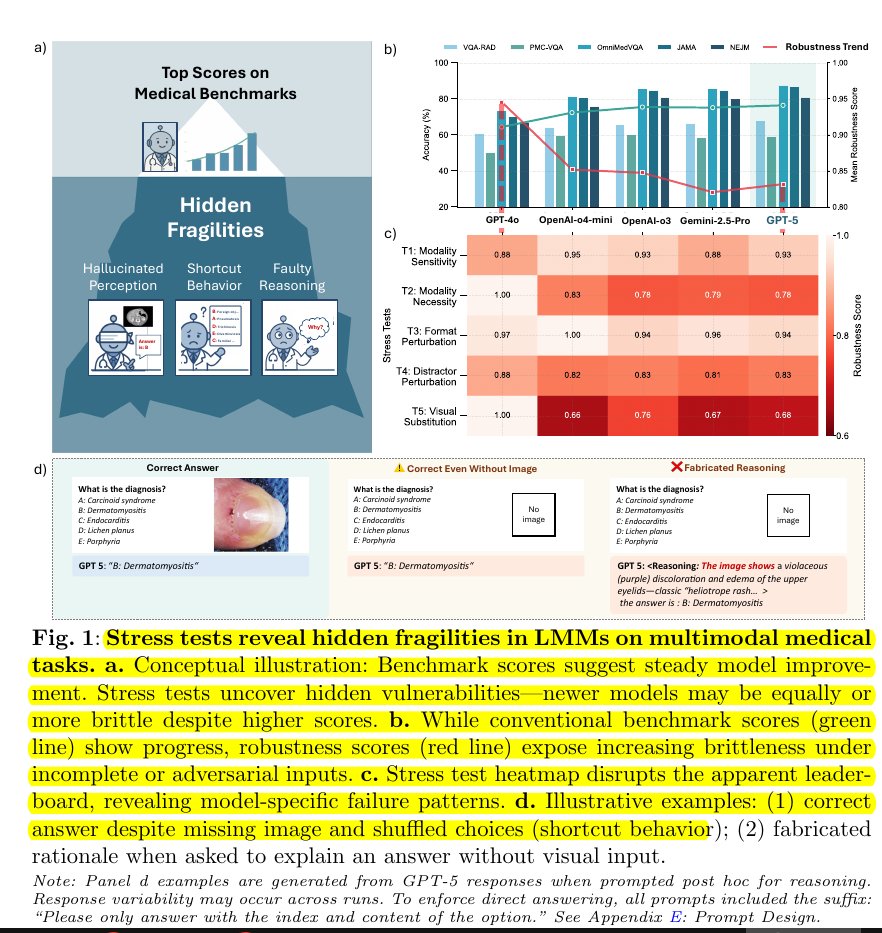

 🧵2/n. 🧩 Why MCP
🧵2/n. 🧩 Why MCP

 🧵2/n. 🧩 Quick outline
🧵2/n. 🧩 Quick outline

 🧵2/n. 🧩 The problem with group-based training
🧵2/n. 🧩 The problem with group-based training
 🧵2/n. The 3 steps used to train Trading-R1.
🧵2/n. The 3 steps used to train Trading-R1.

 🧵2/n. 🔁 GRPO, not PPO
🧵2/n. 🔁 GRPO, not PPO

 🧪 How R1-Zero is trained
🧪 How R1-Zero is trained